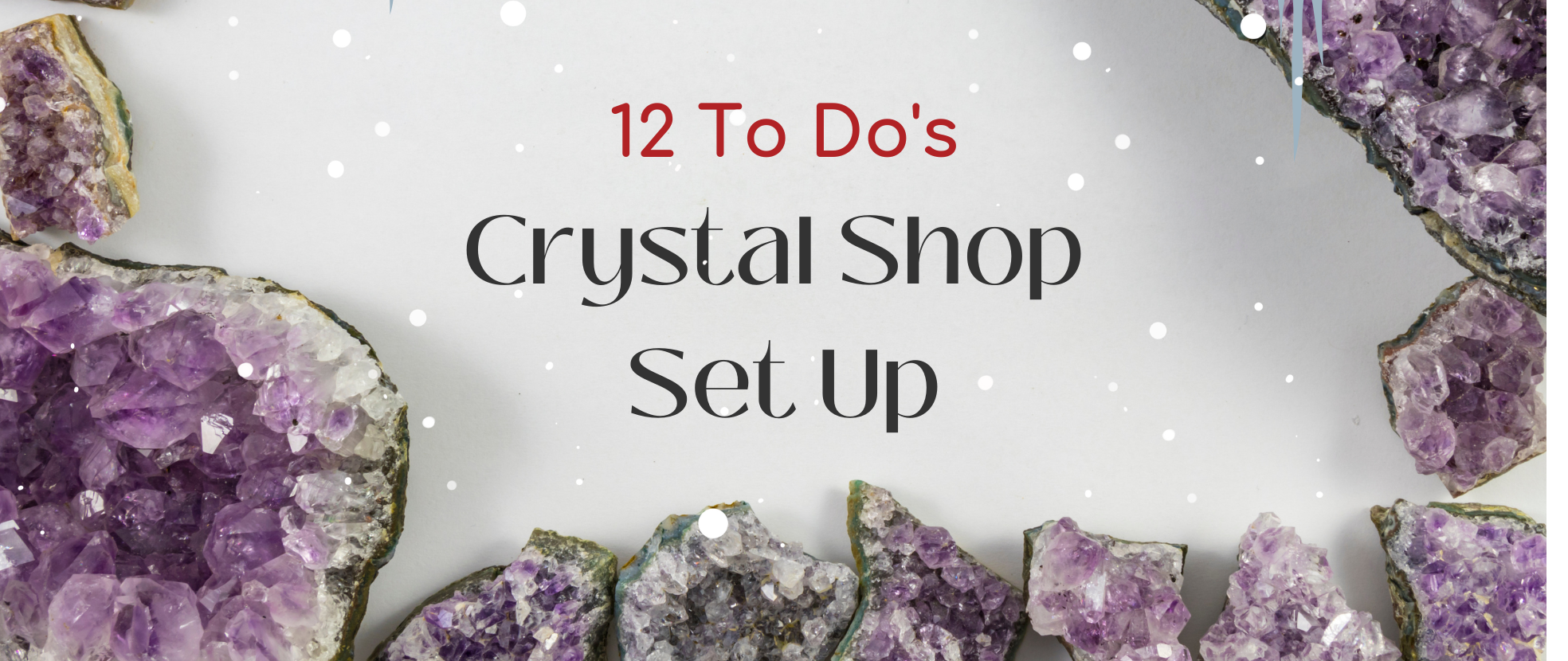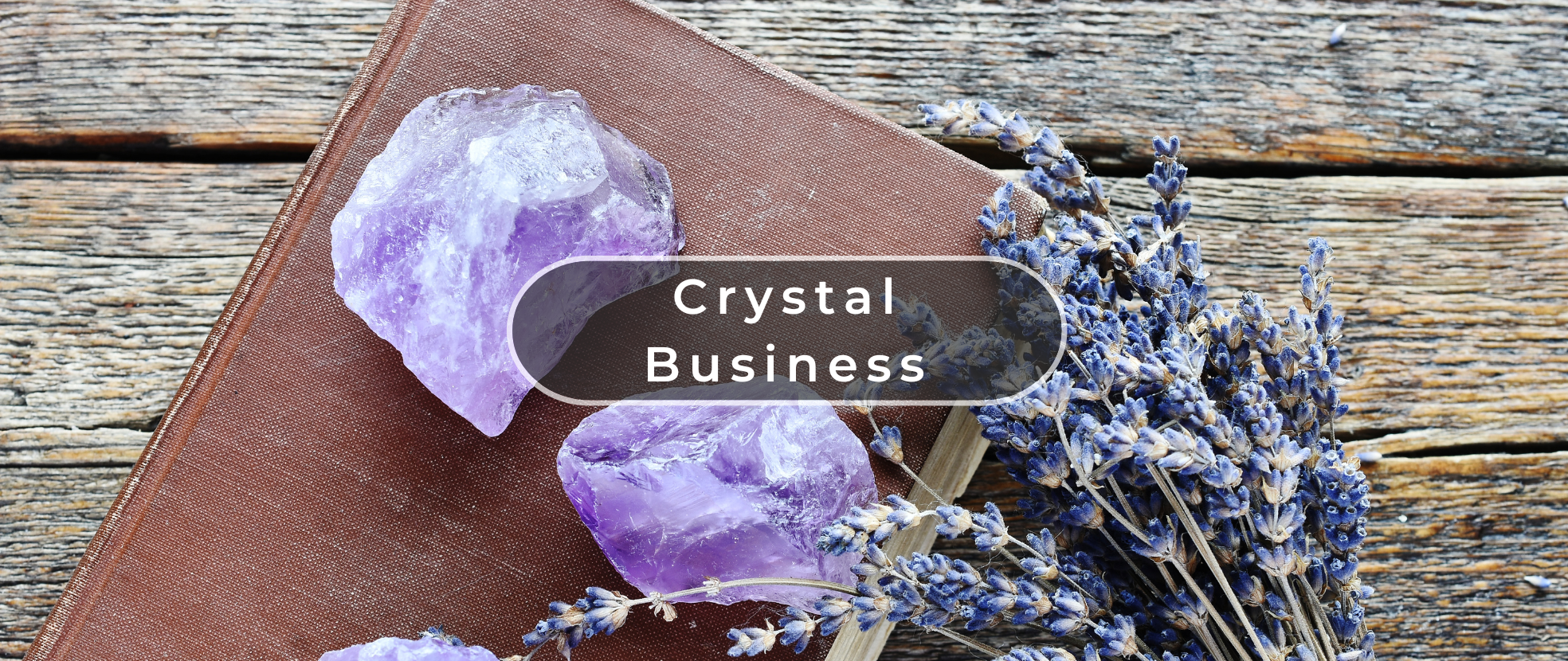Citrine is a variety of quartz found in igneous and metamorphic rocks (most often in gneiss and granite), as well as clastic sediments. The good crystals are found mostly in mineral veins as gauge minerals.
The Physical Properties of Citrine
The color of citrine varies from yellow to yellow-orange or yellow-green, although it can be very pale and almost colorless. Deeper colored stones include saffron-yellow, honey-yellow or wine-yellow specimens, and sometimes citrine can also have a tinge of brown which makes it look similar to topaz. This stone of vitreous luster is transparent or translucent and scores a seven on the Mohs hardness scale.
It's rare to see a natural citrine, and most of the citrine on the market today is amethyst heated to turn it yellow or orange. The difference between them is that amethyst shows no dichroism in polarized light, which citrine does display. However, by carefully heating smoky quartz, citrine can be made artificially, and it remains dichroic in polarized light.
The History of Citrine
Citrine's name comes from the French word citron, meaning lemon. German metallurgist Georg Bauer who is considered to be the father of modern mineralogy gave it that name in 1556.
Throughout history, citrine was a highly sought-after stone because of its beauty and rarity. It saw a surge in popularity during the 19th century, as well as the Art Deco period when worn by Hollywood royalty like Joan Crawford and Greta Garbo. Citrine is throughout South America, and there are gem localities in Canada, Madagascar, Myanmar and Sri Lanka as well.
The Lore of Citrine
Citrine was used as a decorative gemstone as early as 300 B.C. in ancient Greece, mostly for engraving intaglio. One of the twelve stones that adorned the breastplate of High Priest Aaron that was described in Exodus was citrine. An alternative name for it is golden stone or chrysolite, used in Latin and Roman Catholic version of the Old Testament.
The Metaphysical Properties of Citrine
Among its other names, citrine is also often called The Merchant's Stone, as it is believed that it assists in acquiring and maintaining wealth. Citrine is a stone of abundance which attracts prosperity and success, but also encourages sharing and generosity. Its radiant yellow color is said to increase the amount of light that surrounds the wearer's aura, making them less vulnerable to the influence of outside energies.
Citrine's golden and yellow energy helps to open the solar plexus and navel chakras, activating and energizing them so that their influence enhances the physical body. It also activates the crown chakra in faceted form.
As all yellow gemstones, citrine is useful for supporting the endocrine system and metabolism, as well as balancing the thyroid. It can help diminish kidney and bladder infections, as well as relieve menopausal and menstrual symptoms.
Citrine, the beautiful and radiant citrusy stone, possesses the kind of golden energy that directs personal power and creativity into accepting all the joys life can bring.





